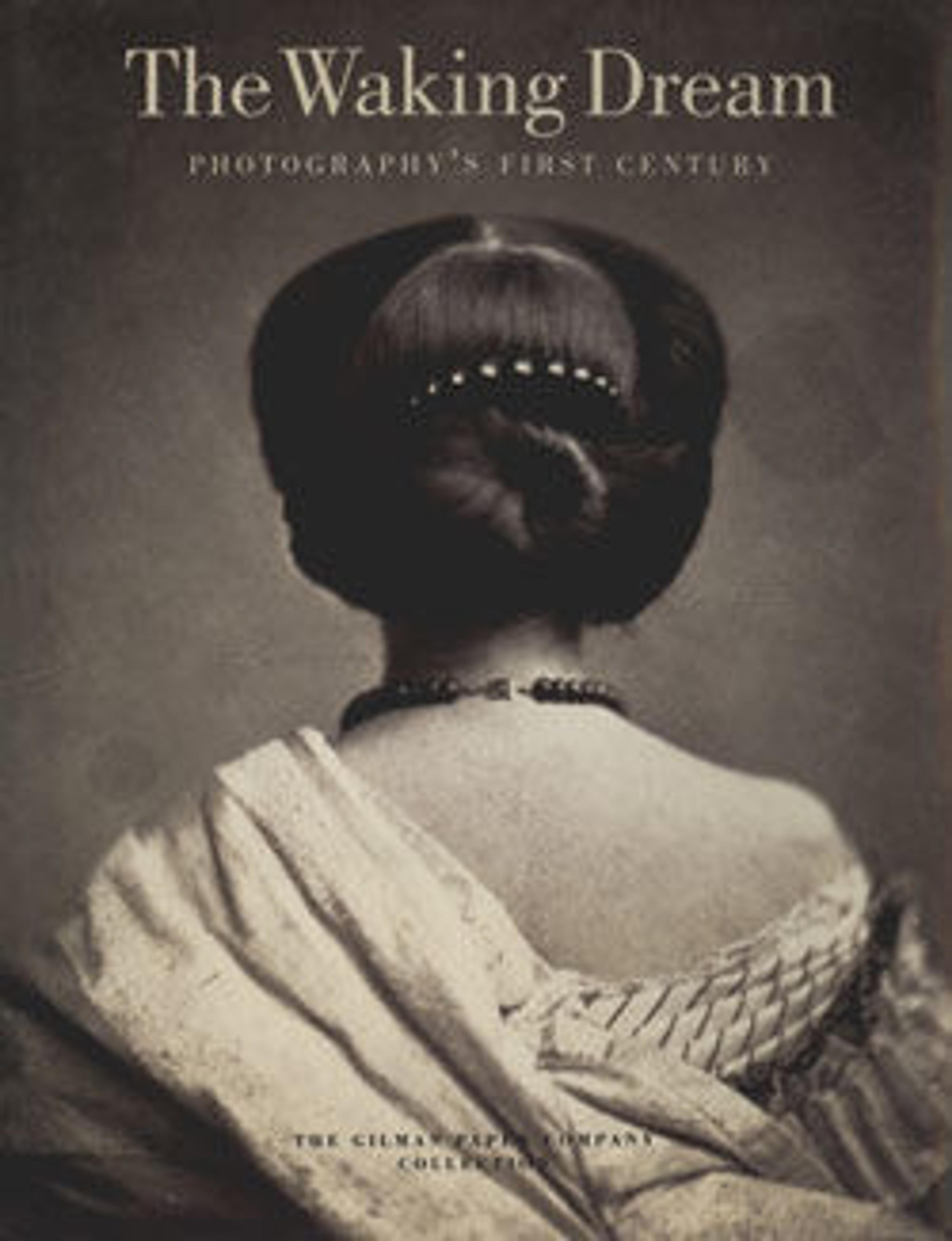Mormon Emigrant Train, Echo Canyon
Born in London, Charles Carter learned photography as a soldier in the British Army. In 1859 he moved to Salt Lake City in the Territory of Utah and soon joined the studio of his countryman and fellow Mormon Charles Roscoe Savage. Shortly thereafter he opened Carter's View Emporium, which catered to the rapidly growing Mormon community in Brigham Young's theocratic State of Deseret. From 1850 to 1870 the population of Salt Lake City grew on the average an astonishing 33 percent each year; by 1870 there were 86,000 residents, an increase of more than 75,000 people in two decades.
This view of a train of Conestoga wagons, or prairie schooners as they were known, is typical of the work Carter produced for sale to the Mormon pioneers. Urged by the church to emigrate to Utah, and partially aided by Young's Perpetual Emigration Fund, thousands of new converts in search of a better life set out across the country in covered wagons. Of the many trails leading west, the Mormon Trail played the largest role in the growth of population along the frontier. In the background of Carter's photograph are several telegraph poles, confirmation that even early Western communication followed the settlers. Echo Canyon is one of the two mountain passes at the very end of the trail, just outside Salt Lake City, through which Young first directed his small band of followers in the summer of 1847.
This view of a train of Conestoga wagons, or prairie schooners as they were known, is typical of the work Carter produced for sale to the Mormon pioneers. Urged by the church to emigrate to Utah, and partially aided by Young's Perpetual Emigration Fund, thousands of new converts in search of a better life set out across the country in covered wagons. Of the many trails leading west, the Mormon Trail played the largest role in the growth of population along the frontier. In the background of Carter's photograph are several telegraph poles, confirmation that even early Western communication followed the settlers. Echo Canyon is one of the two mountain passes at the very end of the trail, just outside Salt Lake City, through which Young first directed his small band of followers in the summer of 1847.
Artwork Details
- Title:Mormon Emigrant Train, Echo Canyon
- Artist:Charles William Carter (American (born England), London 1832–1918 Midvale, Utah)
- Date:ca. 1870
- Medium:Albumen silver print from glass negative
- Dimensions:Image: 6.1 × 10.3 cm (2 3/8 × 4 1/16 in.)
- Classification:Photographs
- Credit Line:Gilman Collection, Purchase, Marlene Nathan Meyerson Family Foundation Gift, 2005
- Object Number:2005.100.101
- Curatorial Department: Photographs
More Artwork
Research Resources
The Met provides unparalleled resources for research and welcomes an international community of students and scholars. The Met's Open Access API is where creators and researchers can connect to the The Met collection. Open Access data and public domain images are available for unrestricted commercial and noncommercial use without permission or fee.
To request images under copyright and other restrictions, please use this Image Request form.
Feedback
We continue to research and examine historical and cultural context for objects in The Met collection. If you have comments or questions about this object record, please contact us using the form below. The Museum looks forward to receiving your comments.
